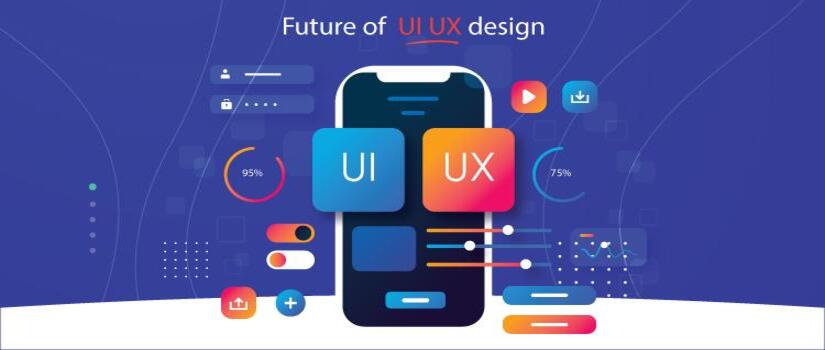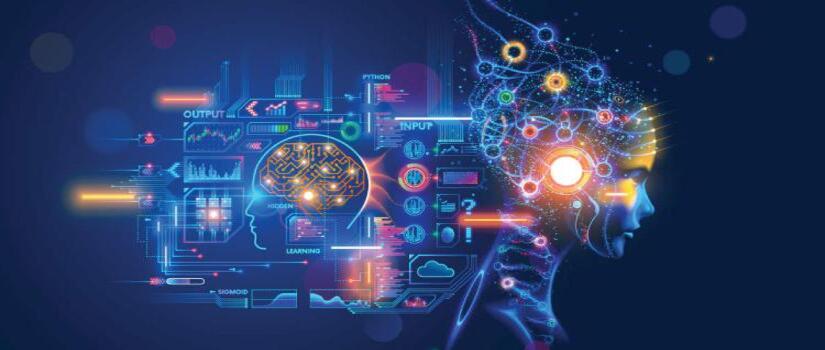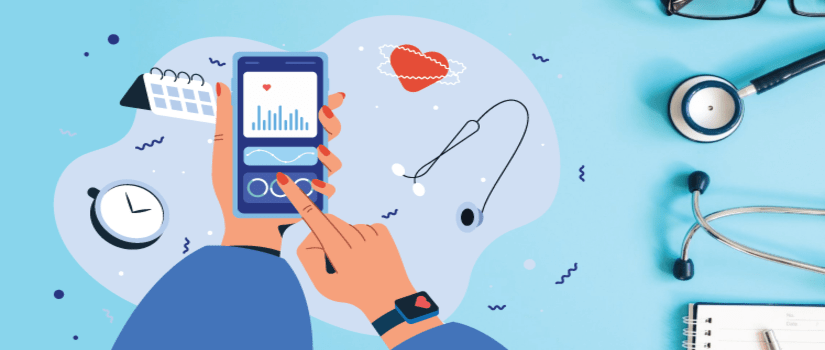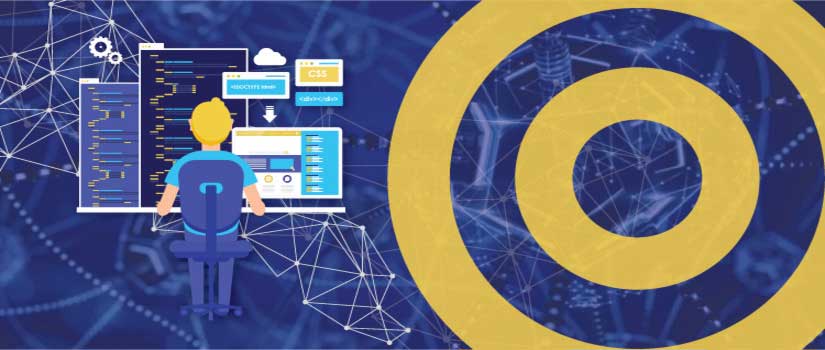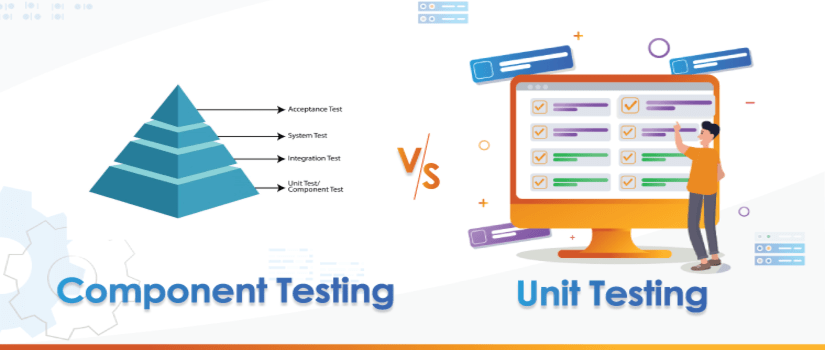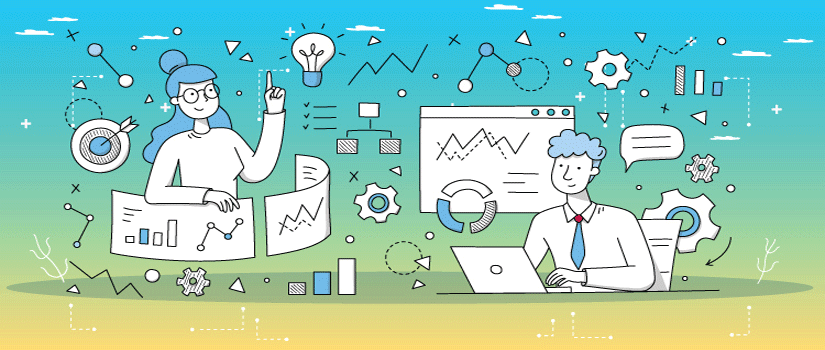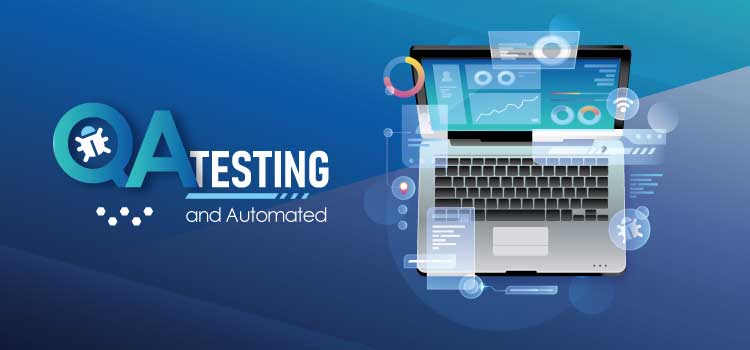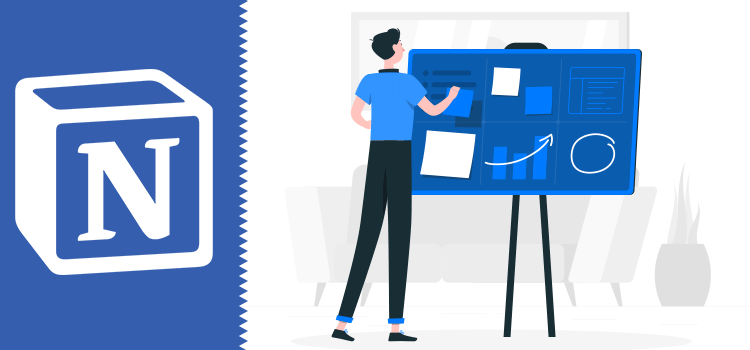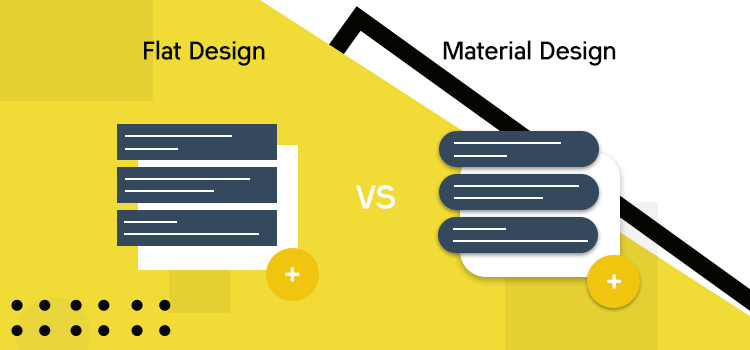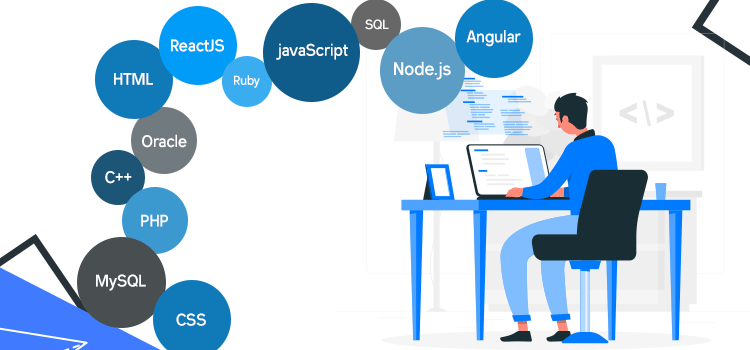Digital design must serve the user. Design is not just about making things look great. It must also be user-friendly and practical. Users will not return to a website or app that is difficult to use. Human-centered design must solve the problems that we face today and tomorrow.
User experience (UX), and user interface design (UI), are at the core of the future strategy. Based on the UX designer's learnings, the UX designer creates a functional framework and passes it to the UI Designers. UX design, as the name suggests, is about creating an attractive and valuable experience. Thus, UX design includes research, mock strategies, and frameworks.
UX and UI designers are highly sought after when you look at the current world. It is no longer a good idea to provide poor user experiences. Instead, the UI designer refines the prototypes and frameworks to produce a high-fidelity deliverable, then created by a web developer or app developer. A company must have both a solid brand experience and a solid user experience to survive.
Design's future is uncertain. The focus will be on creating a beautiful layout that is seamless and user-friendly. The design will continue to be a priority as companies emphasize the user.
This demand is, however, not expected to disappear anytime soon. On the contrary, we hope it continues growing and expanding as new technologies are developed.
But how long? How long will this continue? What new UI/UX skills will we need in the coming years?
Going Beyond The Smartphone
First, let's not forget that digital isn't the only thing we need to be talking about. UI design and UX design principles are often applied to all sorts of real-world systems, too.
Another thing is certain: We're not just talking about smartphones, tablets, and desktop computers anymore. UX and UI design have been a part of the web and app development industry for a while. However, this is changing rapidly with the advent of innovative home technology. UX and UI designers create and design systems and processes such as smart refrigerators, intelligent lighting systems, and smart cars.
Analysts believe that this new world of innovative technology is just the beginning. How intelligent technologies interact and are used by people is the next big problem that UX and UI designers will be focusing on.
UX and UI Designers Are Essential
It's difficult to disagree with the world in which Virgin Atlantic has begun testing flying taxis and self-driving buses in Spain. Amazon's drone delivery fleet also has FAA approval. However, for such systems to work well, it is evident that they will require great UI and UX design.
UX and UI designers are essential to the future of getting things done, and the more 'stuff we have, the more it is necessary for UX and UI designers' skills to bring these experiences to life.
AI and standardization will undoubtedly increase with time. However, new technologies and habits will continue to evolve. Therefore, UX and UI designers will continue to be needed, continuously exploring goals, behavior, and needs and translating them into positive experiences we can all have in our daily lives.
UX and UI designers have been influential for a long time. Andy says, "But the difference for me is that other people now realize how important they are, both personally and from a process standpoint.
Service Design
There are many ways to define Service Design. However, it is essentially a method of designing services that meet the needs of both users and the capabilities and competencies of service providers. Recent Service Design audits have been conducted by companies such as Booking.com and Airbnb.
With just over 50% of web traffic coming from mobile, UX/UI designers need to focus on web-based and mobile-based experiences. In addition, UX/UI designers must also create seamless experiences from desktop to mobile and vice versa.
There are an estimated 5 billion people with mobile phones globally and approximately 2.85 billion smartphone users. In addition, Americans, on average, spend 22.5 hours a week online, according to statistics for 2018.
In summary, UX/UI design will continue focusing on screens and displays
-
Mobile and desktop experiences will not disappear
-
UX/UI design must create a seamless transition between them
UX/UI design is key to a multi-platform, connected user experience. UX/UI design will focus on screens and displays, and new technologies like augmented reality.
As We Advance With Intelligent Assistants
Intelligent assistants like Siri, Alexa, and Google Assistant have already made their way into our homes and pockets. Millions of Alexa devices were sold, and that's not including the other smartphones with Siri, Google Assistant, or Bixby pre-installed.
Consider the Amazon experience as an example. Great UX/UI design is required to connect all the dots. Voice assistants have a lot to offer. While Siri is not for everyone, it is possible to use Google Assistant on Android. We anticipate more integration, which will lead to a unified user experience.
Google Maps is a prime example of great UX/UI design. Google introduced Google Maps AR in 2018. Instead of displaying directions on a map you see, the directions are overlaid on what your smartphone is showing.
Google Maps AR is now accessible for Pixel devices. However, the cute fox is not to be found. The fox was too distracting from a UX/UI design perspective and was removed from the experience.
Roles Are Becoming More Specialized
Today, you can already see the rise of specialization. For example, you can search Glassdoor for UX and UI designers. You'll also find roles for UX Researchers, Product Designers, and UX Designers. As new technologies advance, you can expect to see more specialization.
Employers wanted an all-in-one designer a few years back. The designer could do UX, UI, graphic design, and even front-end development. In a young field, generalists are not uncommon. However, as skills and needs evolve, UX and UI designers are more likely to emerge.
UX/UI roles are becoming more specialized. However, designers must remain flexible.
-
You can expect to see more UX/UI roles.
-
UX/UI designers must be able to adapt to changing technologies and experiences quickly.
Experiences are fluid, and UX/UI designers must be able to use all technologies and tools. Even so, these roles are still quite broad; each experience presents its own challenges. Designers need to be able to adapt to each experience. However, it is helpful if they have a deep understanding of one or two experiences.
UX/UI design is centered on humans. The user is the first and most important person to communicate with, as well as the engineer. Designers must communicate with multiple teams, and It is crucial to connect with people and understand their needs to create a meaningful experience.
Healthcare Can Expect a UX/UI Redesign
The healthcare industry is experiencing a boom in demand. Telemedicine is one example of a rapidly expanding sector in healthcare. Talkspace and Teladoc, for instance, allow you to connect to a doctor or licensed therapist quickly.
Healthcare is one of the slowest sectors to adopt digital innovation. However, a simple app with an auto-pay function and paperless billing wins both the user and the company. A better user experience is also a benefit for hospitals and insurance companies. In addition, digital innovation can improve customer satisfaction and reduce infrastructure costs for insurance companies.
Unfortunately, many internal tools can cause more problems than they solve. Although internal tools are vital, many companies don't consider them to be a priority. Candid, Quip, and Hubble are just a few brands that have created intuitive experiences for improving access to medicine. These companies can improve the UX/UI design for internal tools to make them more efficient and happy. UX/UI design is also being demanded in direct-to-consumer healthcare.
-
The Healthcare sector has an Increased demand for UX/UI design
-
Startups that provide direct-to-consumer healthcare are rapidly growing
Employee vs. Tools
Employees use tools designed for functionality. They aren't intuitive or pretty to look at, but they do the job.
UX or UI designers can help streamline the process and provide better tools for employees. This will result in increased productivity and less frustration.
What is There For The Future?
UX design's future is uncertain. Self-taught machines may soon be able to iterate 1000x faster and produce more variety than any human has ever seen. UX education and training must change in this scenario.
A quick Google search will yield a lot of articles about subpar internal tools. For example, you might not have a web app that connects you to customers. Poor documentation can also be a problem with scripts that automate tasks. This creates a negative experience for employees who want to do their jobs efficiently. Instead, they end up with an internal tool that tries to do too much and was created by a small group who didn't have enough time or resources to refine it.
Future UX design could include formal studies like cognitive neurosciences, human behavior ethics, and product management.
They together will outshine the current marketing-driven/business plan at the core of decision-making. As a result, the process should be given more importance than design action. It will not be in a wood-paneled boardroom or digital wall pods that aid decision-making, but how customers define business strategy. But the process will not disappear but will become more under the hood and integral to the flexible work culture of the digital information age.
In summary
-
It is essential to have well-designed internal tools
-
Customer satisfaction is just as important as employee satisfaction.
Bottom Line
Agility is about how related businesses are to their users, without restrictions. Skill is more than a process. It's a mindset. Instead of relying on noise-free data to gain insights, it will be necessary to eliminate noise from analytics. Customers will have the decision-making power.
This scenario, which is driven by AI and related tech at large scales, will cause the future of UX designers to unravel. It will also affect what role they play and how they shape consumer decisions by driving the design. It will be a long-fought battle, and time will decide who will win.
For design inquiries or expert advice, Reach out to our team and let's create seamless digital experiences together.

